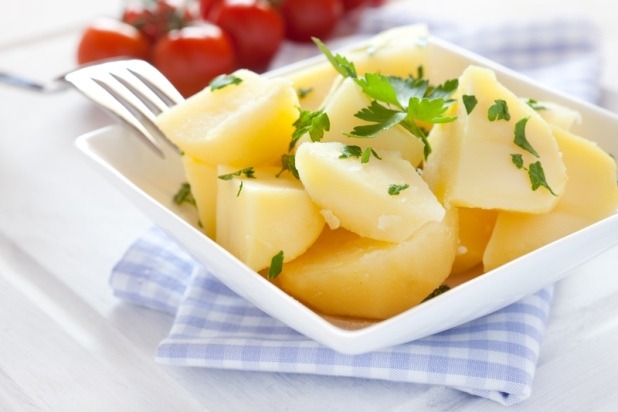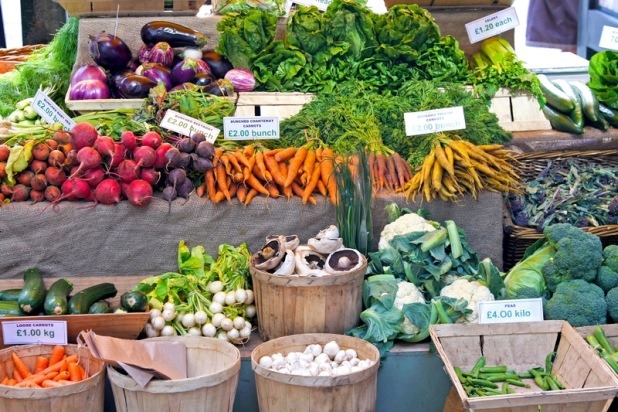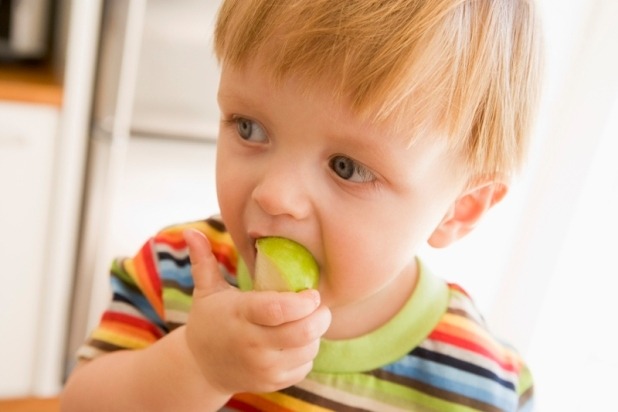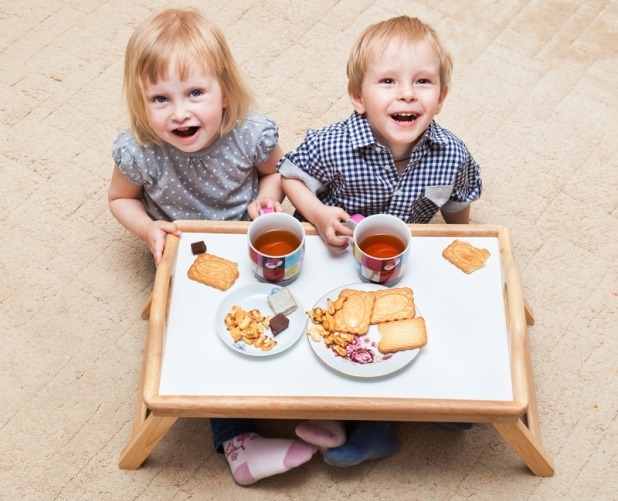10 Tips For Traveling With Picky Kids Slideshow
Proper introductions can mean the difference between a lifelong friendship and a passing acquaintance. The same goes for food. Before leaving for your trip, slowly introduce your kids to dishes they'll encounter at your destination by taste and name. That way, when you arrive and everything is different and intimidating, they'll be able to eat and identify something they already know.
Start Early
If you're worried about taking the little ones to that fancy restaurant touted in Condé Nast Traveler as the newest must-eat, go early when it's less busy to take the pressure off everyone — you, the kids, other patrons, and the restaurant staff. If you arrive right as dinner service starts, the server will have fewer tables and more time to help you select the best dishes.
Be Creative
Know your kids' eating boundaries and work within them. If they don't like salad, do roasted vegetables instead. If they don't like roast duck, order chicken or pork. The list goes on. Most restaurants can easily add or omit items for free or a small fee, so don't be afraid to ask — even if you stumble over the request in a foreign language. If a dish arrives and it's not what you expected, be flexible and use condiments to your advantage. Ketchup and cucumber salad? Sure, that goes together tonight!
Side Dishes
Sides are your friend given their size, cost, and ease. Work with what's on the restaurant's menu to find a side that works well: veggies, salad, potato, pasta, polenta, rice, etc. If there isn't a side or main dish that fits the bill, ask the restaurant if they'd create a simple custom dish using ingredients you see in other meals.
Be Inclusive
Whether in Tokyo or Tuscany, vacation rentals are a great way to travel, and they allow you to cook and involve kids in the entire process from recipe to clean-up. Make a day out of the culinary adventure and get the kids' input on the local dish you'd like to cook, take them to the market to choose the ingredients, get their help in the kitchen, consume the meal, and work on the clean-up as a family. The bonus: this method adds ownership to the cooking process, which becomes less about scarfing down dinner, and more about the experience.
Have a Back-Up
Having a plan b is essential for parental survival abroad. Even if you don't use plan b, knowing you have a contingency eating plan is enough to make you sit back and relax with a glass of Prosecco. Bring packaged foods from home, or if the border doesn't allow it, pick up kid-friendly foods at the grocer or corner store as soon as you arrive. For toddlers, this is between-meal and restaurant survival; for older kids, it works well when you have to wait a long time to be seated, the service is slow, or the dish that arrived is different than you expected.
Get with the Program
Many hotels and resorts, particularly those in destinations that cater to families, offer culinary programs for kids. From baking and cooking lessons to personalized aprons, there's no way to get kids more excited about eating than when they're dressed like a chef and holding a spatula in a stainless steel-filled working hotel kitchen.
Under 5
Many hotels groups like Fairmont, Starwood, Hilton, and Marriott have free or discounted eating programs for kids. For example, children under 5 eat free at all Fairmont properties. At Starwood, Hilton, and Marriott properties, a number of family packages allow kids under 12 to eat at discounted rates. This way, parents can indulge in the hotel restaurant's cuisine without worrying about what kid-friendly items are available or the cost.
Tea Party
Get your kids excited about fancy fare and a formal dining atmosphere by taking them to afternoon tea. Most hotels will offer herbal teas and tiered trays of sandwiches, scones, and desserts — a soft introduction to their future foodie pursuits.
Vacation Cookbook
Travelers write journals, food-lovers read cookbooks, and kids make scrapbooks. Why not combine all three and have your foodies-in-training make a hybrid version on vacation? Drink labels, hotel napkins, and cut-outs of their favorite foreign food's packaging take care of the scrapbooking, a short intro to each recipe covers the journaling, and inserting recipes for dishes the kids loved creates a tangible memory that can be enjoyed over and over once you're back at home.









